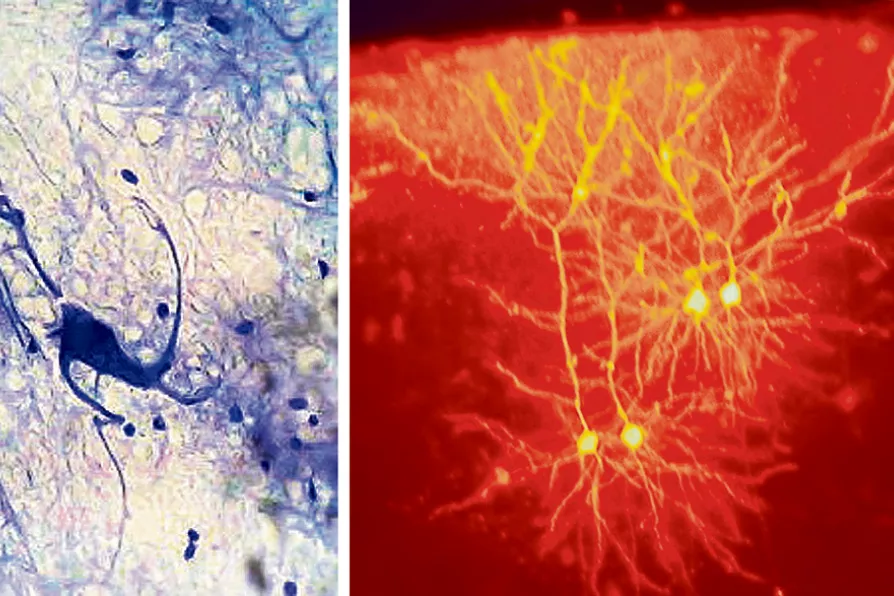Labour’s persistent failure to address its electorate’s salient concerns is behind the protest vote, asserts DIANE ABBOTT

 SEEING IS BELIEVING: (Left) Tyramide filled neurons from the cingulate cortex of mouse brain, (above) a neuron as seen through a microscope
[Fanny CASTETS/Creative Commons and Mark Miller/Creative Commons]
SEEING IS BELIEVING: (Left) Tyramide filled neurons from the cingulate cortex of mouse brain, (above) a neuron as seen through a microscope
[Fanny CASTETS/Creative Commons and Mark Miller/Creative Commons]
THE problem of consciousness lies at the heart of our experience of the world. Consciousness is a philosophical question, as well as a political, artistic and legal one, but as ever, some scientists increasingly believe that they are closing in on the answer to its physical and biological basis.
The story of consciousness begins with the extraordinary connectivity of the cells in our brains. Brain cells (neurons) come in many shapes and sizes, but to the untrained eye they look a lot like plant roots with a long, spindly central body that splits into thousands of branching fibres. At the tip of each branch is a synapse, where signals pass to other neurons, either to its tip, or along its body.
An adult human brain has around 86 billion neurons, each of which is connected to an average 7,000 other cells, making approximately 100 trillion connections overall. In comparison, there are currently only an estimated 4.5 billion websites, and close to 50 billion computers making up the internet. This incredible connectedness makes the brain an extremely unusual organ — and it is the connectedness itself which researchers believe is crucial to the production of what we experience as consciousness.














